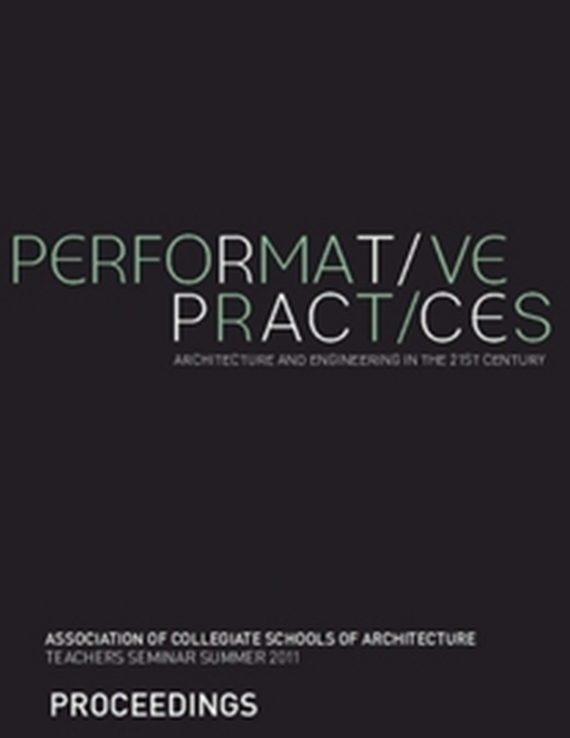Author(s): Daniel Baerlecken, Judith Reitz, Martin Manegold & Arne Kuenstler
Michalatos and Kaijima underline in their paper ‘Structural Information as Material for Design’ (2007) the importance to approach an informed design consistency and respect the “criteria of efficiency, architectural intentions as well as intrinsic properties of the geometry” rather than simple structural optimization of a certain design. Our paper investigates this consistency between architecture and structure within the framework of parametric modeling, which requires architects, engineers and constructors to re-evaluate the feedback loop between how things are designed and constructed. As Mario Carpo (2008) points out CAD and CAM technologies have overthrown the “Albertian Paradigm” which claims that architects should not make things, but should just design and annotate them. As digital tools can be used to design and fabricate at the same time, CAD-CAM technologies have already started to bridge the gap between designers and makers. One of the most influential form related factors on the lighting situation inside the building is – due to its shading behaviour – the dimension and position of the supporting structure of the façade. It is important to investigate these positions at the beginning in-depth, since they serve as hypothesis for the entire planning process. In order to compare a catalogue of various design approaches and different designs in a timely manner, a parametric model has been built defining the rough form of the design.
https://doi.org/10.35483/ACSA.Teach.2011.1
Volume Editors
Kiel Moe & William Braham
ISBN
978-0-935502-79-4

 Study Architecture
Study Architecture  ProPEL
ProPEL 
